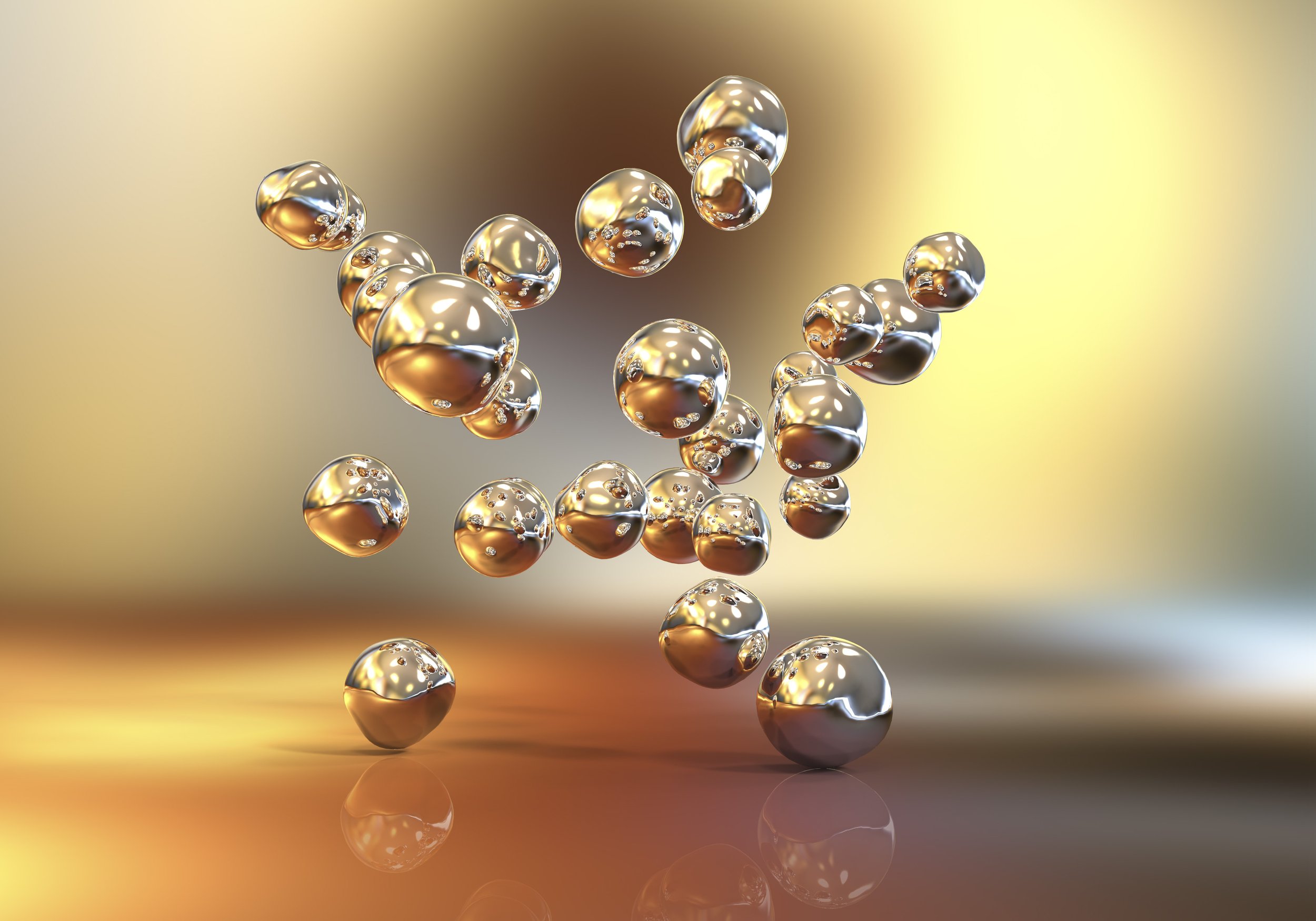How Sunlight Is Paving the Way for Green Hydrogen Energy

In a significant advancement for renewable energy, a new photocatalyst that efficiently produces hydrogen from sunlight has been developed by researchers at the Universitat Politècnica de Catalunya—BarcelonaTech (UPC) and the Catalan Institute of Nanoscience and Nanotechnology (ICN2). This development paves the way for new methods of harnessing solar energy to generate clean hydrogen, crucial for sustainable energy advancements.
Hydrogen is vital for a sustainable energy future, mainly derived from renewable sources. The ability of certain semiconductors to initiate chemical reactions under sunlight by exciting electrons has been known for some time. Among these materials, titanium dioxide is affordable and non-toxic, making it widely used in various industries. It can split water and organic compounds to produce hydrogen when sunlight exposes it. However, its practical application in hydrogen production has been limited due to the rapid relaxation of the excited electrons, which diminishes hydrogen generation efficiency.
The turning point came when Lluís Soler, a Ramón y Cajal researcher, and Jordi Llorca, a professor at UPC, discovered that the efficiency barrier could be broken by integrating titanium dioxide with metal nanoparticles. These nanoparticles act as catalysts, prolonging the excited state of electrons and increasing their likelihood of contributing to hydrogen production.
Further investigations highlighted the significance of the structural attributes of titanium dioxide nanoparticles. By employing a mechanochemical process to attach metal clusters to titanium dioxide nanoparticles with various shapes, the research team found that the crystallographic faces of these particles play a crucial role in the effectiveness of hydrogen production. These faces influence how atoms move and come together, affecting the photocatalysts' stability and electron transfer efficiency from the semiconductor to the metal nanoparticles.
Among the configurations tested, photocatalysts with platinum clusters on octahedral titanium dioxide nanoparticles stood out for their superior hydrogen production rates and stability. Claudio Cazorla, another Ramón y Cajal researcher at UPC, delved into the electronic structure of these photocatalysts through quantum mechanical calculations. These theoretical insights, alongside experimental data from X-ray photoelectron spectroscopy obtained at UPC's Research Center in Multiscale Science and Engineering, provided a comprehensive understanding of the underlying mechanisms.
This significant stride in sustainable hydrogen production was shared with the scientific community through a publication in Nature Communications. The research demonstrates the potential of nanotechnology in enhancing energy systems. It lays the groundwork for the UPC's Specific Center for Hydrogen Research (CER-H2) to explore practical applications of these innovative findings, moving a step closer to the widespread use of green hydrogen.
Author:
Arnold Kristoff
Content Producer and Writer





